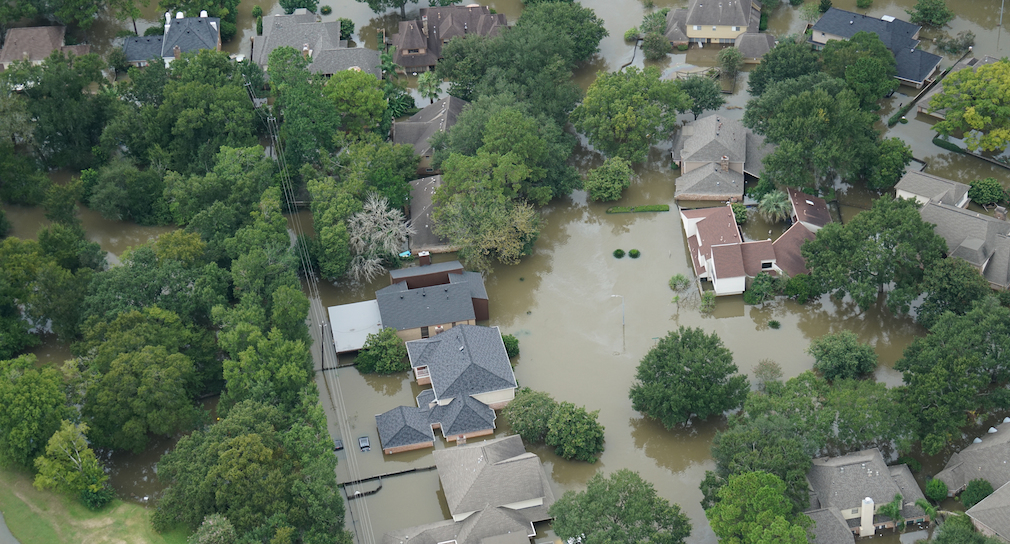The sea level is rising, and now experts are predicting the impact on coastal homes in the U.S. could be staggering within the next 30 years.
New photos from NASA reveal that Antarctic ice sheets are quickly melting into the oceans, and using data from satellites, scientists have discovered an acceleration in rising sea levels.
Now, a new study reveals rising sea levels could have a devastating effect on coastal homes in the U.S. in just the next 30 years, according to an article by Oliver Milman for The Guardian.
The new research shows about 311,000 homes could be flooded every two weeks within the next 30 years due to swelling oceans. This would impact about $120 billion in coastal residences by the year 2045.
From the article:
“The impact could well be staggering,” said Kristina Dahl, a senior climate scientist at the Union of Concerned Scientists (UCS). “This level of flooding would be a tipping point where people in these communities would think it’s unsustainable.
“Even homes along the Gulf coast that are elevated would be affected, as they’d have to drive through salt water to get to work or face their kids’ school being cut off. You can imagine people walking away from mortgages, away from their homes.”
And this is just over the next 30 years. By the end of the century, in the year 2100, more than 2.4 million homes could be at risk, according to data compiled by the Union of Concerned Scientists, and taken from third parties through the Zillow Transaction and Assessment Dataset.
The interactive map below shows in which states homes are most at risk from rising sea levels, and the collective value of those homes:
However, despite the risks, home prices continue to soar, especially in coastal markets, meaning future flooding prospects will have a much greater impact on homeowners near the danger areas.
The Union of Concerned Scientists, an advocacy group that collaborates with more than 20,000 scientists and technical experts across the U.S., called on the financial sector including banks, lenders, insurers, credit rating agencies and investors, to combat the problem. It said the financial sector should implement best practices and standards for flood risk related financial disclosure and invest in data, tools and methods to evaluate near and medium term flood risks.






